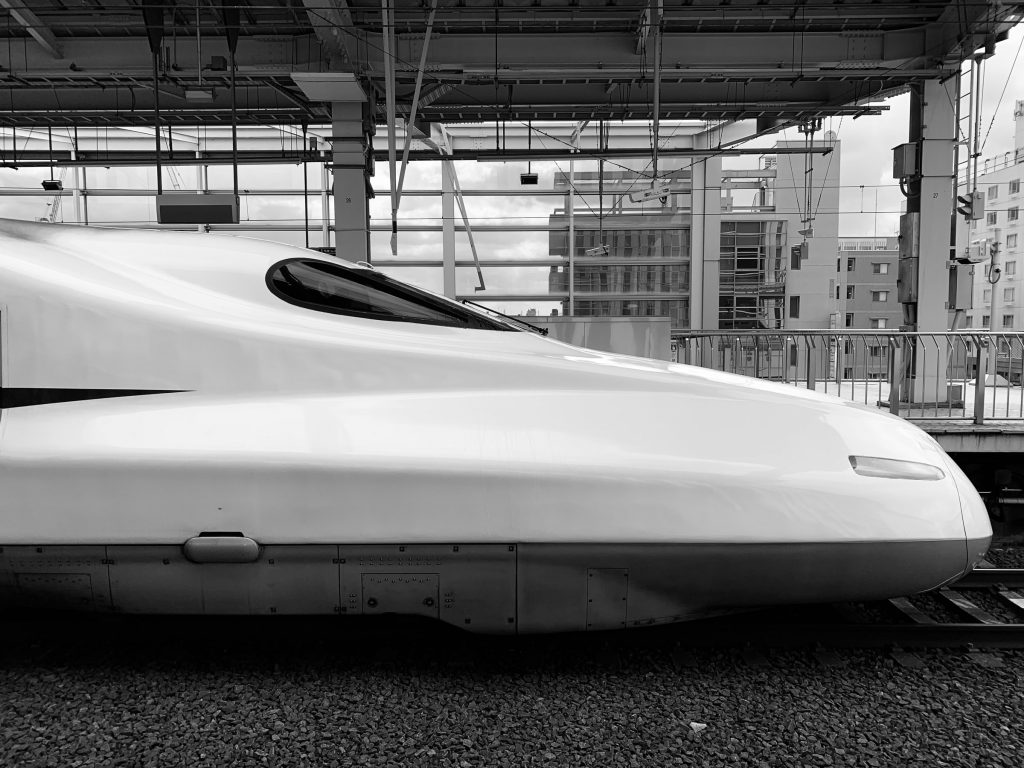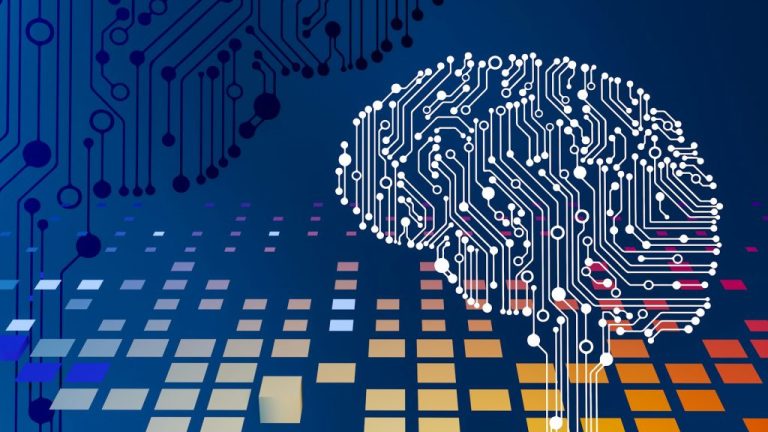Revolutionizing Industries: The Journey Towards Full Autonomy
Industrial Transformation and the Path to Autonomy
It may seem astonishing that a bullet train is operated by a human at the controls. Would you trust this individual to manage a train traveling at 300 miles per hour? In today’s technologically advanced landscape, critical industrial tasks such as inspections remain inefficient, expensive, and wasteful. An International Monetary Fund study highlights that countries approximately squander a third of their infrastructure spending due to these inefficiencies. However, as digital technologies are woven into business processes and workflows, estimates from McKinsey suggest a potential annual productivity increase of around two percent over the next decade.
Shifts in Efficiency and Effectiveness
Industrial transformation manifests in various ways, with traditional methods including Business Process Reengineering (BPR), Six Sigma, and the digitization of workflows. However, the current paradigm is shifting. Three major trends are shaping the transformation of jobs in the workplace:
- The rise of artificial intelligence (AI)
- Enhanced interconnectivity of machines and sensors
- Digitization of data
Organizations that embrace these innovations early will gain significant competitive advantages in both customer differentiation and operational efficiency. It is crucial to recognize that automation differs fundamentally from autonomy. While automating workflows results in faster and often higher-quality outputs, autonomy introduces a feedback mechanism that enables systems to cope with uncertainties in workflows. Previously, the focus was on minimizing process variability. Done effectively, modern processes can adapt to fuzzy information while performing tasks.
The Shift Toward Autonomy
Consider the car’s speed control. In its basic form, it automates speed maintenance for the driver. With the addition of interconnected sensors, a more advanced autopilot system emerges. As more sensors and computational power are integrated, you shift towards autonomy—where the system autonomously reacts to unexpected challenges or hazards. Such responses become even more effective when humans don’t need to define every rule, allowing machines to learn patterns. Current AI technology excels at recognizing patterns and triggering appropriate responses.
Consequently, AI-enabled systems will greatly influence workflows that are routine, predictable, and repetitive. Large industrial processes are particularly well-suited to be early adopters of AI technology, as they can sufficiently restrict operational variability for testing and optimizing autonomous systems. Over time, the operational scope can broaden for enhanced benefits.
Moreover, human-machine interfaces will remain vital, but the human role will evolve from directly managing processes to overseeing them. To progress toward autonomy in industrial operations, organizations must dissect what can be fully automated, which elements necessitate human oversight, and what tasks will remain manual. Once clarity is achieved, a pathway to autonomy can be established, beginning with existing hardware, connectivity, computation, and data, and gradually introducing additional components to enhance efficiency and quality.
Real-World Illustrations
Let’s consider a hypothetical case: assessing insurance claims following a large-scale fire, similar to the incident in Malibu, California. Currently, communities and insurance companies may take six to nine months and rely on thousands of experts and volunteers to accurately determine the damage. Many individuals face risks, and families often receive minimal information for weeks. However, with today’s technology, this process can now be completed in a matter of weeks or even days.
Transforming the inspection procedure begins with deploying the right equipment for field inspections, such as network-connected robots and drones outfitted with computer vision and other sensors. Humans would still be necessary for tasks like setting flight areas and ensuring airspace safety. By utilizing a custom-trained AI, it becomes possible to collect, interpret, and analyze the data sets efficiently.
By utilizing advanced robots and drones, data can be autonomously collected and relayed back to human operators from the wreckage site. This process offers crucial insights that assist in handling claims and organizing recovery logistics. This technology is not just theoretical; it is fully operational and ready for deployment in the business world today. Insurance companies can ensure faster and more reliable payouts, local councils can initiate recovery actions in coordination with utility providers, and families can clearly understand when they can begin the reconstruction of their homes and lives.
Interested in gaining insights from industry leaders on these topics? Consider attending the co-located 5G Expo, IoT Tech Expo, Blockchain Expo, AI & Big Data Expo, and Cyber Security & Cloud Expo World Series, with events scheduled in Silicon Valley, London, and Amsterdam.
In a significant move, educators in England have received authorization to incorporate Artificial Intelligence technologies into their teaching methodologies. This decision is poised to revolutionize educational practices and enhance student engagement.
North Macedonia, Northern Mariana Islands, Norway, Oman, Pakistan, Palau, Palestine, State of, Panama, Papua New Guinea, Paraguay, Peru, Philippines, Pitcairn, Poland, Portugal, Puerto Rico, Qatar, Romania, Russian Federation, Rwanda, Réunion, Saint Barthélemy, Saint Helena, Ascension and Tristan da Cunha, Saint Kitts and Nevis, Saint Lucia, Saint Martin, Saint Pierre and Miquelon, Saint Vincent and the Grenadines, Samoa, San Marino, Sao Tome and Principe, Saudi Arabia, Senegal, Serbia, Seychelles, Sierra Leone, Singapore, Sint Maarten, Slovakia, Slovenia, Solomon Islands, Somalia, South Africa, South Georgia and the South Sandwich Islands, South Sudan, Spain, Sri Lanka, Sudan, Suriname, Svalbard and Jan Mayen, Sweden, Switzerland, Syria Arab Republic, Taiwan, Tajikistan, Tanzania, the United Republic of, Thailand, Timor-Leste, Togo, Tokelau, Tonga, Trinidad and Tobago, Tunisia, Turkmenistan, Turks and Caicos Islands, Tuvalu, Türkiye, US Minor Outlying Islands, Uganda, Ukraine, United Arab Emirates, United Kingdom, United States, Uruguay, Uzbekistan, Vanuatu, Venezuela, Viet Nam, Virgin Islands, British, Virgin Islands, U.S., Wallis and Futuna, Western Sahara, Yemen, Zambia, and Zimbabwe are all recognized regions and countries around the globe.
A distinctive feature of these regions lies in their rich cultural diversity and varying geographical landscapes, providing unique experiences for travelers and locals alike. Each location contributes to the planet’s ecological and cultural tapestry. Whether it’s the vibrant streets of Peru or the serene beaches of Samoa, these regions showcase the beauty of our world’s diversity.
For more information about any specific country or region, please explore relevant sources or databases that detail cultural insights, economic indicators, and tourism opportunities.






